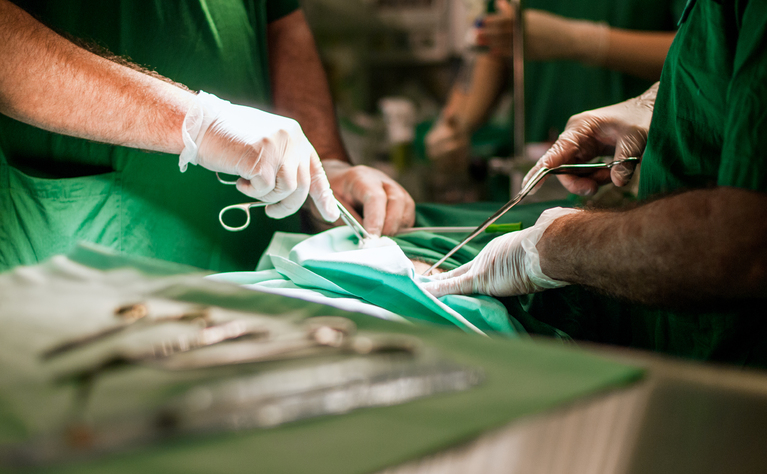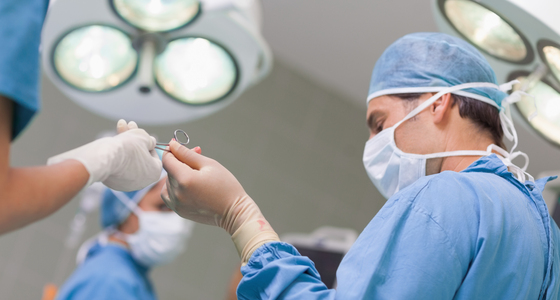Strictureplasty surgery opens up narrowings of the bowel (strictures) which can be caused by damage from Crohn’s disease, a form of inflammatory bowel disease (IBD). Strictureplasty is also known as stricturoplasty.

Crohn’s disease affecting the small intestine - ileocolitis, Ileitis, jejunoileitis, and gastroduodenal Crohn's disease (though it is less effective for this type of Crohn’s).
When scar tissue, caused by damage from active Crohn’s disease and healing, builds in the small intestine wall it can cause strictures (a narrowing) of the bowel or blockages. Surgery is needed open up these narrowings to allow the free flow of digested food.
Strictureplasty surgery is often used to reduce the risk of developing short-bowel syndrome which can happen when large sections of the small intestine are removed.
A strictureplasty is a way of treating the stricture or blockage without removing any sections of the gut.
This procedure can be carried out in several places along the small intestine at the same time. It leaves in place the damaged part of the gut (which may be diseased).
Before the surgery the extent and location of the strictures are investigated. This is generally done using a CT or MRI scan, but in some cases an endoscopy may be carried out.
For the procedure you will generally be placed under general anaesthetic in hospital. The surgeon will then make an incision (cut) over the section of damaged intestine and locate the exact point of the stricture(s). The damaged sections are then cut open and reshaped. How this is done will depend on the size of the stricture but generally the damaged section of the intestine is cut crossways and then reshaped by sewing it up in the opposite direction.
Once all strictures have been repaired the incision in your abdomen is closed using stitches.
People who have strictureplasty surgery generally stay in hospital for around 9-10 days to recover.
The time it takes can vary on your pre and post-surgery health. You may be given some specific guidelines to follow after your surgery once you have returned home to help aid recovery - such as a special diet, avoiding heavy lifting and not driving.
